Expressive Arts Education: A Pathway to Healing and Self-Discovery
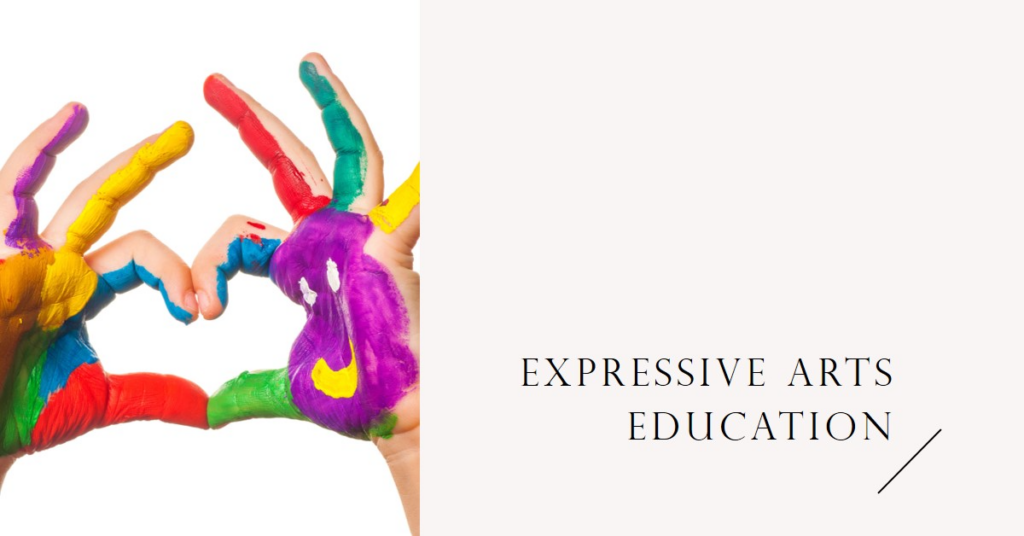
Art has always been an integral part of education, fostering creativity, encouraging critical thinking, and providing a unique medium for students to express their thoughts and emotions. However, art is not just about creating aesthetically pleasing pieces; it’s a potent tool for healing and self-discovery.
The Emergence of Expressive Arts Education
Expressive arts education, a relatively new field, marries the therapeutic power of art with the traditional objectives of education. It’s not merely about learning to draw or paint; it’s about leveraging art as a vehicle for personal growth and emotional healing. Discover the transformative approach to education and therapy that expressive arts education offers here.
The Power of Expressive Arts Education
Benefits of Expressive Arts Education
Expressive arts education offers numerous benefits. It provides a platform for individuals to express their emotions, manage stress, and explore their identity. Moreover, it can be used as a therapeutic tool for various mental health conditions.
Art Therapy for Depression
Art therapy is a potent tool for managing depression. It provides a safe and non-judgmental space for individuals to express their feelings and explore their emotions. Explore a range of art therapy activities specifically designed for individuals dealing with depression here.
Art Therapy for Anxiety
Art therapy can also be beneficial for individuals grappling with anxiety. It allows them to express their fears and worries in a tangible way, providing a sense of calm and relaxation. Discover a variety of art therapy activities for anxiety here.
Art Therapy for Sleep
Art therapy can also aid in improving sleep quality. It promotes relaxation and helps individuals process their thoughts and emotions, leading to better sleep. Learn more about art therapy for sleep here.
Art Therapy for Teenagers
Teenagers can greatly benefit from art therapy. It provides a safe and creative outlet for them to express their feelings and cope with the challenges of adolescence. Learn more about the benefits and techniques of art therapy for teenagers here.
| Benefit | Description |
|---|---|
| Stress Reduction | Artistic activities can help reduce stress and promote relaxation. |
| Emotional Expression | Art provides a non-verbal medium for expressing thoughts and emotions. |
| Self-Discovery | Through creating art, individuals can explore their identity and personal experiences. |
| Improved Mood | Engaging in artistic activities can increase positive emotions and improve mood. |
Becoming an Expressive Arts Educator
Art Therapy Practitioner Training Course
If you’re interested in becoming an expressive arts educator, you’ll need to undergo proper training. This Art Therapy Practitioner Training Course provides comprehensive training in the field of expressive arts education.
Embracing Your Role as a Non-Clinical Art Therapy Practitioner
Becoming an expressive arts educator also means embracing your role as a non-clinical art therapy practitioner. This guide provides insights on how to embrace this role and make a difference in people’s lives.
Clinical vs Non-Clinical Art Therapy
It’s important to understand the difference between clinical and non-clinical art therapy. While both use art as a therapeutic tool, they differ in their goals and approaches. This comprehensive guide explains the differences between clinical and non-clinical art therapy.
Techniques and Activities in Expressive Arts Education
Art Therapy Techniques
There are various techniques used in art therapy, each designed to help individuals express their emotions and promote healing. This comprehensive list of art therapy techniques can be used in expressive arts education.
Art Therapy Activities
Art therapy activities are designed to engage individuals in the therapeutic process and promote self-expression. These activities can be a valuable resource for anyone interested in expressive arts education.
The Impact of Expressive Arts Education on Mental Health
Expressive arts education can have a profound impact on mental health. According to the American Art Therapy Association, art therapy can help individuals resolve conflicts, develop interpersonal skills, manage behavior, reduce stress, and achieve personal insight.
Art Therapy and Mental Health
Art therapy is a form of expressive arts education that focuses on the mental health benefits of artistic expression. Mayo Clinic suggests that art therapy can be used as a part of treatment for mental health disorders such as depression, anxiety, and post-traumatic stress disorder (PTSD).
Art Therapy and Physical Health
Art therapy can also have physical benefits. According to Harvard Health Publishing, engaging in artistic activities can help reduce stress and anxiety, increase positive emotions, and may even help lower heart rate and blood pressure.
Expressive Arts Education in Schools
Expressive arts education is not just for therapy settings; it’s also making its way into mainstream education. Schools are increasingly recognizing the value of integrating arts into their curriculum, not just as separate subjects, but as a part of the learning process across all subjects.
Benefits of Expressive Arts in Schools
When incorporated into the school curriculum, expressive arts can help students improve their creativity, critical thinking, and problem-solving skills. It can also boost their self-esteem and confidence, and provide them with a more enjoyable and engaging learning experience.
Challenges and Solutions in Implementing Expressive Arts in Schools
While there are many benefits to incorporating expressive arts in schools, there can also be challenges, such as lack of resources or support from the administration. However, with advocacy, training, and creative solutions, these challenges can be overcome.
Expressive Arts Education for Adults
Expressive arts education is not just for children and teenagers. Adults can also benefit from engaging in expressive arts, whether for personal growth, stress relief, or simply for the joy of creating.
Benefits of Expressive Arts for Adults
For adults, engaging in expressive arts can provide a creative outlet, reduce stress, and promote mental well-being. It can also provide opportunities for lifelong learning and personal development.
Expressive Arts Activities for Adults
There are many ways adults can engage in expressive arts, from taking art classes, to doing art projects at home, to participating in community art events. The key is to find activities that they enjoy and that allow them to express their creativity.
The Future of Expressive Arts Education
As our understanding of the benefits of expressive arts education continues to grow, so too does its potential for future applications. From virtual reality art therapy to the use of artificial intelligence in creating art, the future of expressive arts education is bright and full of potential.
Innovations in Expressive Arts Education
Innovations in technology are opening up new possibilities for expressive arts education. For example, virtual reality (VR) technology is being used to create immersive art therapy experiences, allowing individuals to create and interact with art in entirely new ways.
| Trend | Description |
|---|---|
| Virtual Reality Art Therapy | VR technology is being used to create immersive art therapy experiences. |
| Online Expressive Arts Education | Online platforms are making expressive arts education accessible to a wider audience. |
| Personalized Art Therapy | Data analysis can be used to create personalized art therapy programs. |
Certification and Licensing in Expressive Arts Education
Art Therapy Certification and License
Becoming an expressive arts educator requires proper certification and licensing. This guide provides information on the certification and licensing process for expressive arts educators.
Conclusion
Expressive arts education is a powerful tool for personal growth and emotional healing. Whether you’re interested in becoming an expressive arts educator or simply want to explore the therapeutic power of art, the resources provided in this article can guide you on your journey.
FAQs
- What is expressive arts education? Expressive arts education is a field that combines the therapeutic power of art with the traditional goals of education. It uses art as a tool for personal growth and emotional healing.
- What are the benefits of expressive arts education? Expressive arts education helps individuals express their emotions, cope with stress, and explore their identity. It can also be used as a therapeutic tool for various mental health conditions.
- How can I become an expressive arts educator? Becoming an expressive arts educator requires proper training and certification. You can start by enrolling in an Art Therapy Practitioner Training Course, such as the one offered here.
- What is the difference between clinical and non-clinical art therapy? While both use art as a therapeutic tool, clinical and non-clinical art therapy differ in their goals and approaches. You can learn more about the differences here.
- Where can I find art therapy activities and techniques? You can find a comprehensive list of art therapy techniques here, and a variety of art therapy activities here.



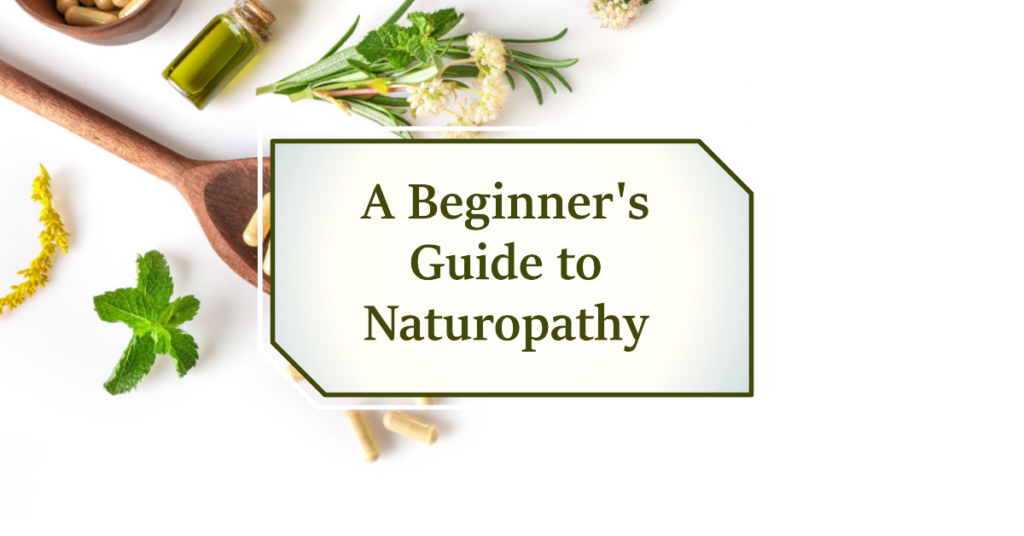
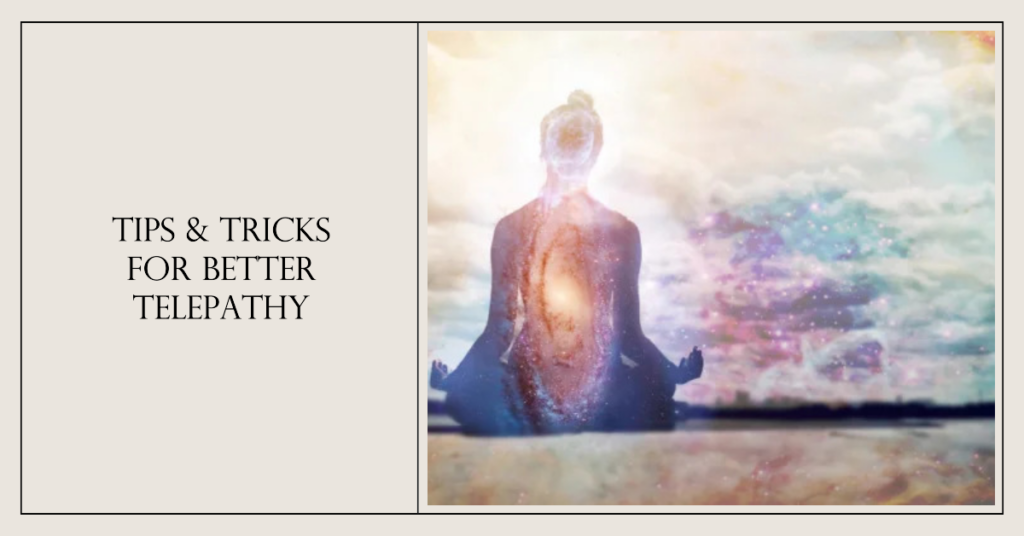
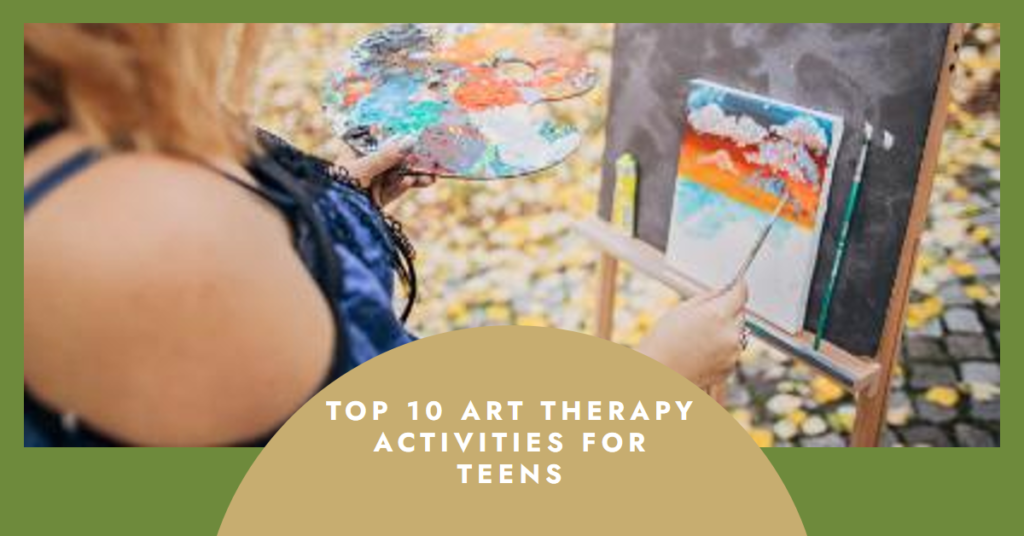
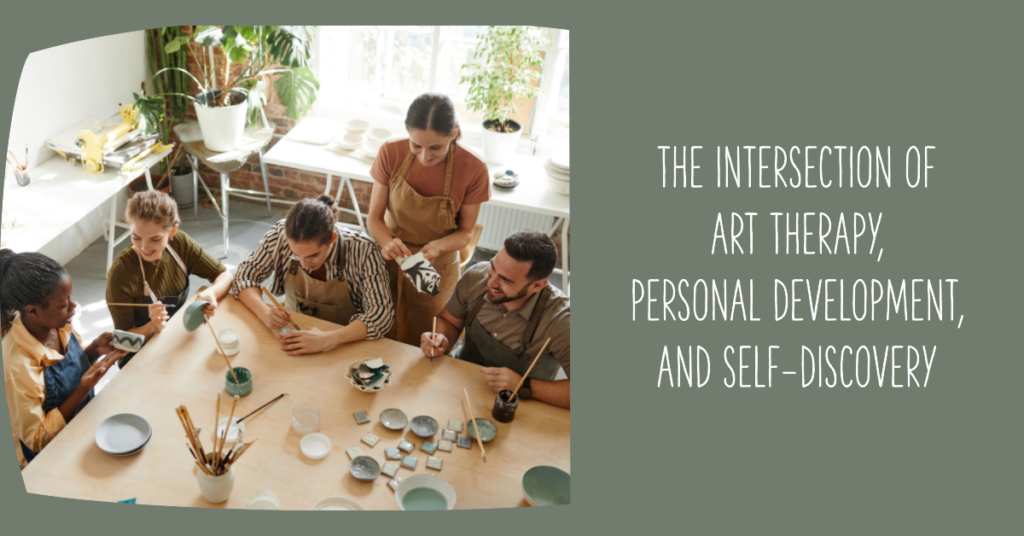
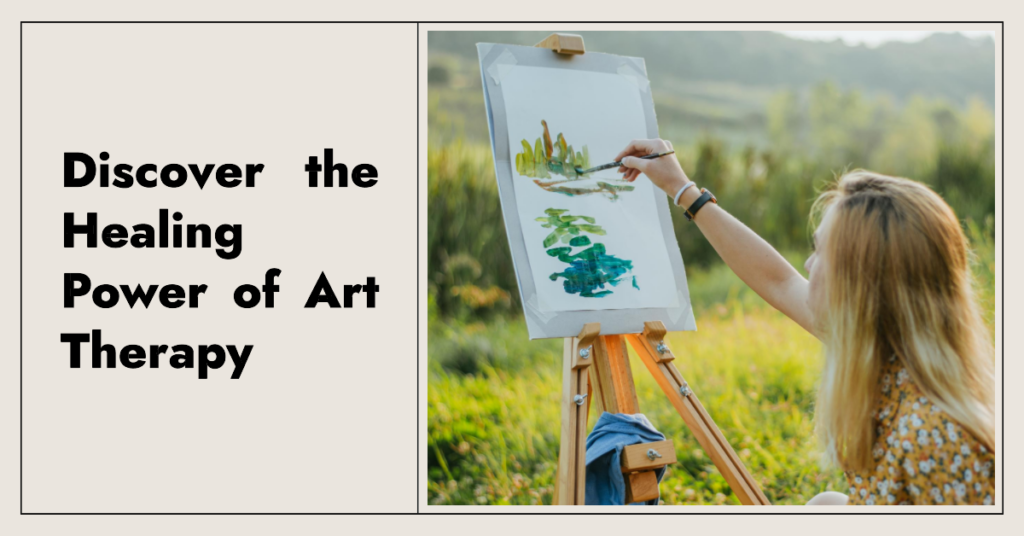




[…] The Art therapy practitioner certification course provided by Scholistico enables seniors or anyone interested in this field to delve deep into self-expression through the medium of art. The course focuses on both the theoretical understanding and practical application of art therapy, allowing students to learn the ropes of this healing modality. […]
[…] images visualized are then brought to life on the canvas. This nexus of mental imagery and artistic expression in art therapy can support a deeper exploration of personal experiences and […]
[…] Art provides a safe space for the expression of suppressed emotions and […]